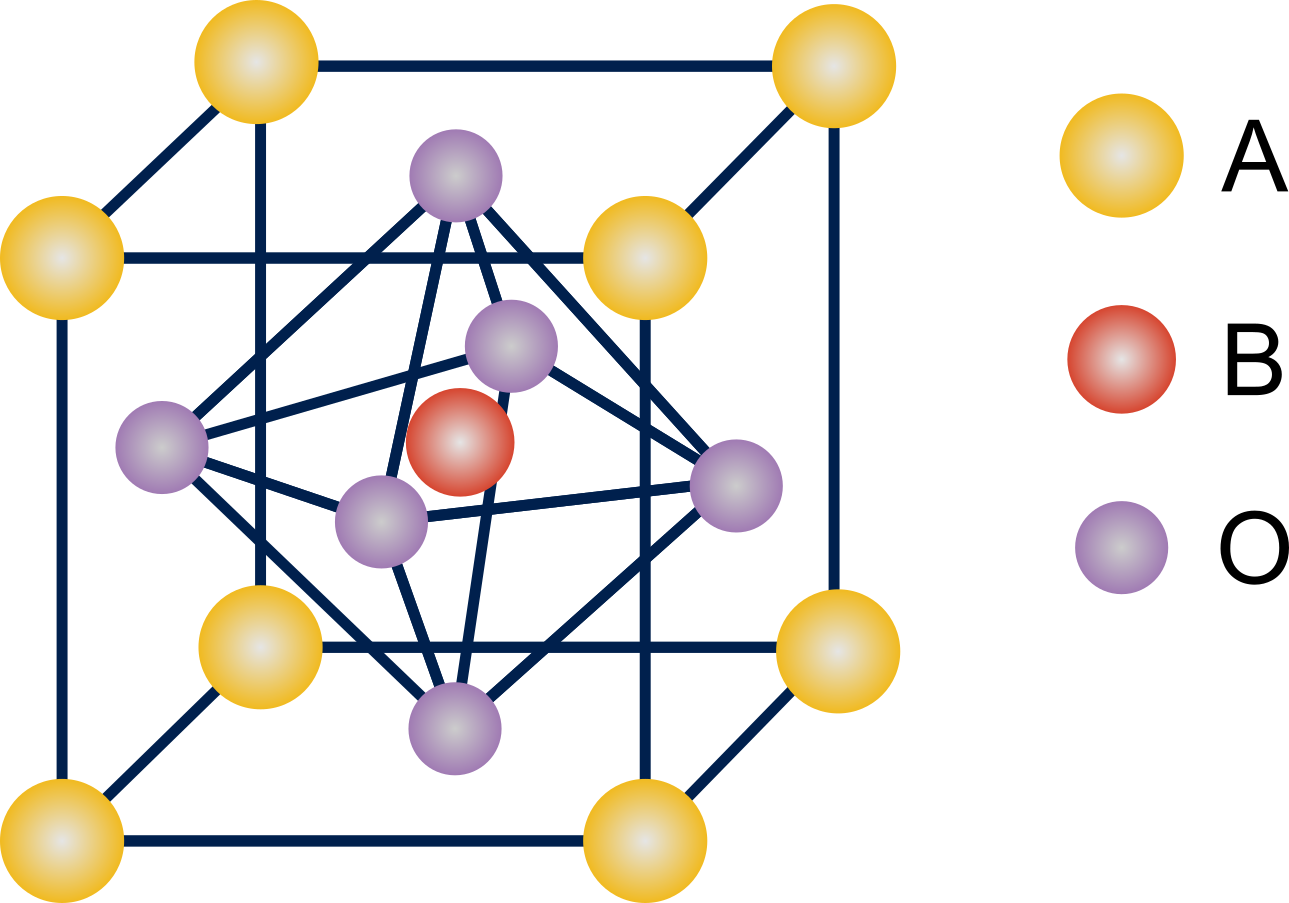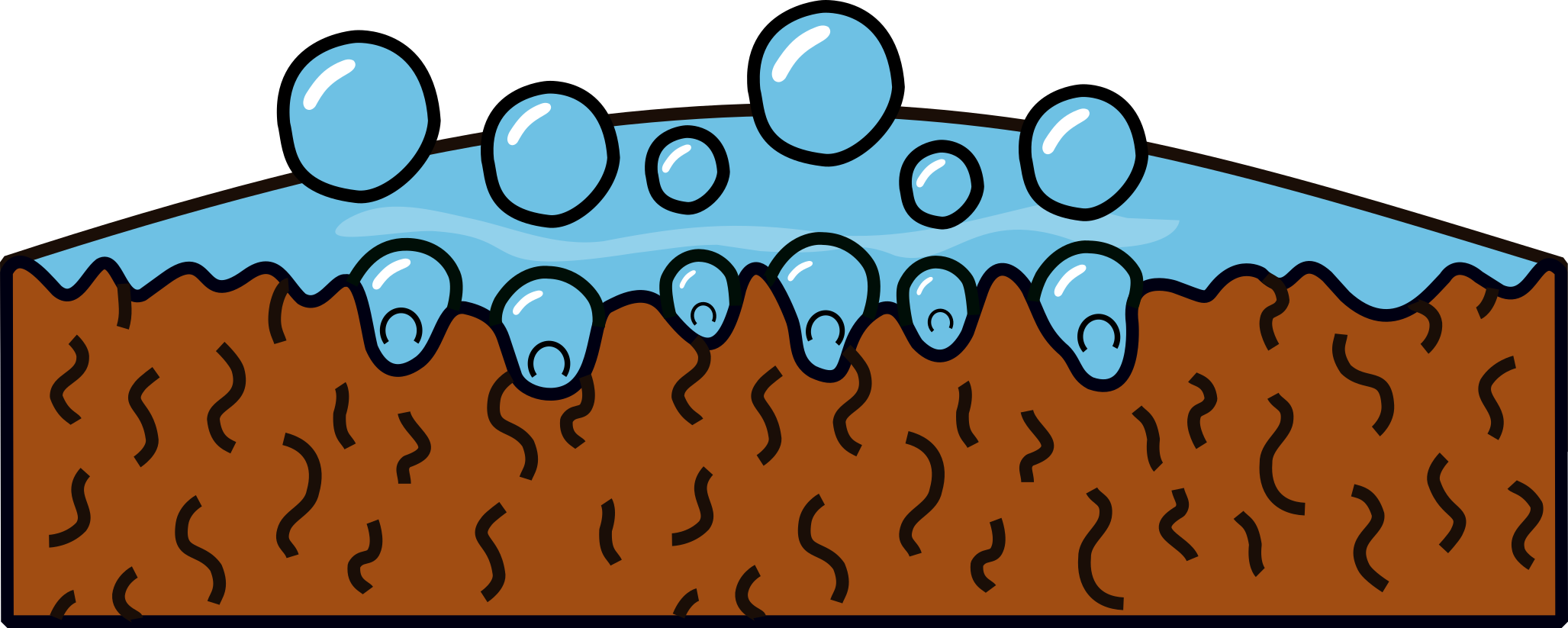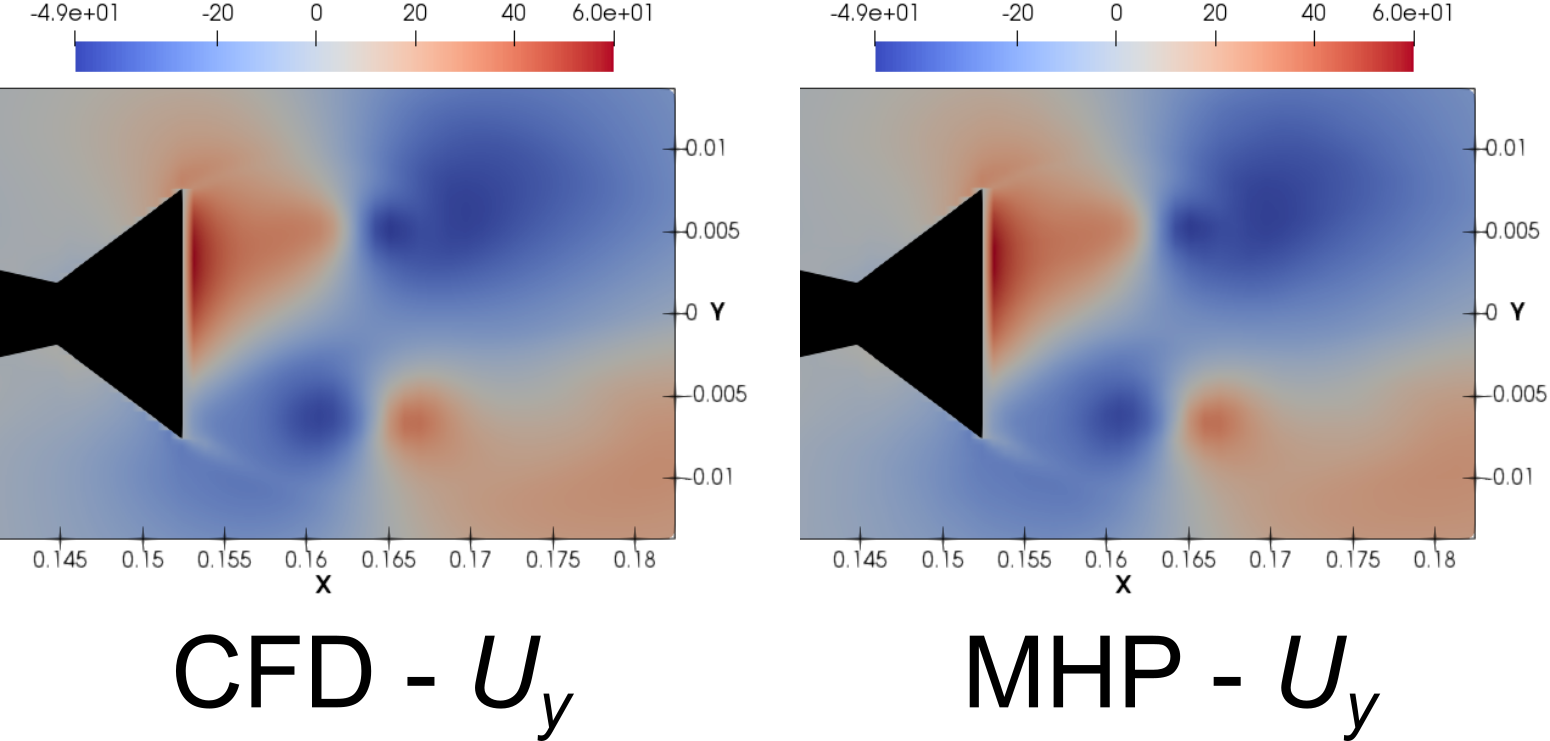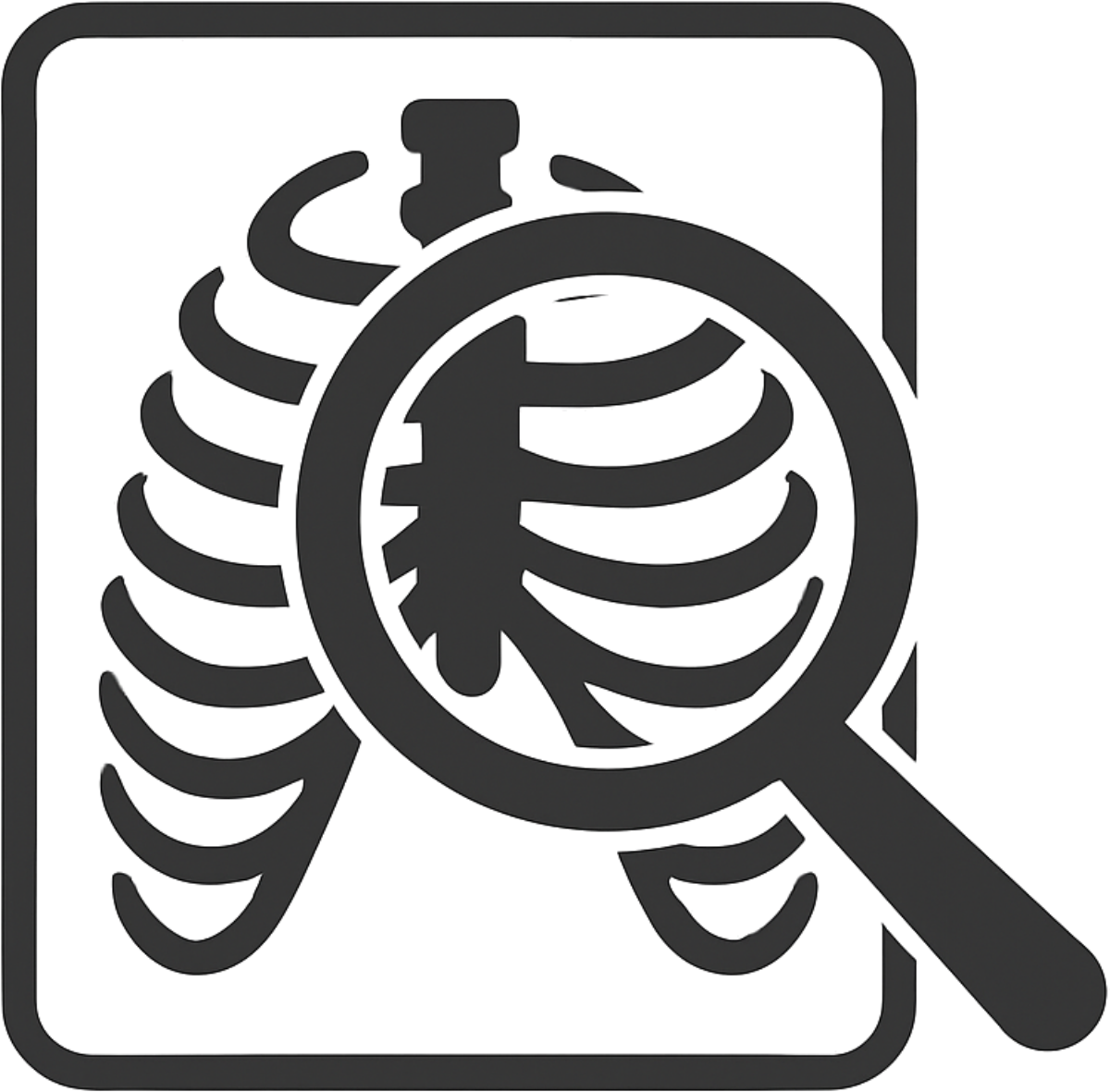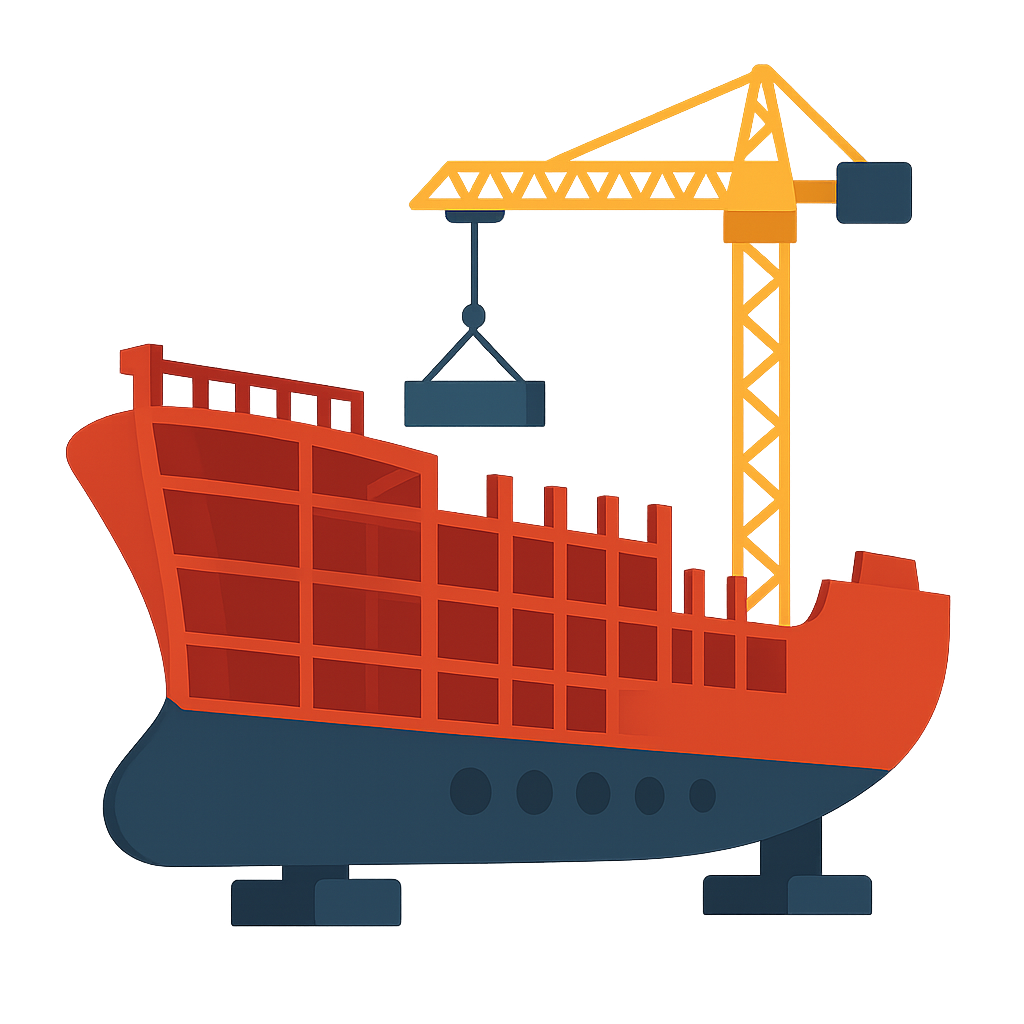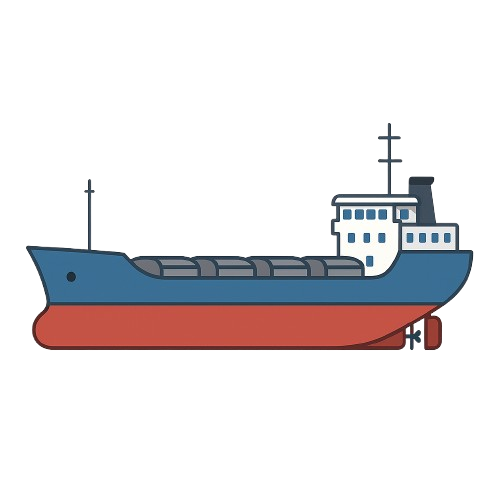Md Moynul Hasan
High Entropy Oxide (HEO) Additives
[]
-
Conducted pool boiling experiments of the following high entropy oxides as additives in deionized (DI) water, such as spinel
[(Al1/6Co1/6Cr1/6Fe1/6Mn1/6Ni1/6)3O4],
perovskite [La(Co0.2Cr0.2Fe0.2Mn0.2Ni0.2)O3,
Y(Co0.2Cr0.2Fe0.2Mn0.2Ni0.2)O3],
and rock salt [(Mg0.2Co0.2Ni0.2Li0.2Zn0.2)O].
-
Enhanced critical heat flux (CHF) by 66.1% using 0.05 wt% La(Co0.2Cr0.2Fe0.2Mn0.2Ni0.2)O3 and 62.5% with 0.05 wt% Y(Co0.2Cr0.2Fe0.2Mn0.2Ni0.2)O3 perovskite additives, and increased heat transfer coefficient (HTC) by 136.5% with the latter over plain copper surfaces using DI water in pool boiling experiments.
-
Conducted a 15 day dispersion test of samples in DI water using ultrasonication to break apart particle aggregates, capturing images for analysis, and identified key mechanisms including particle de-agglomeration, hydroxyl group formation, and electrostatic repulsion for effective dispersion.
3D Printed Copper Surfaces
[]
-
Performed comparative analysis of six 3D printed copper thermal enhancement surfaces (arced, chevron, horizontal wave, straight,
square duct, vertical wave) to assess pool boiling performance using deionized (DI) water, ethanol, and water/ethanol mixtures (90/10 and 60/40 wt%).
-
Conducted pool boiling experiments on fused deposition modeling (FDM) fabricated copper surfaces, achieving a 260% increase in
critical heat flux (CHF) over plain copper with ethanol using the vertical wave surface, with an enhancement ratio for CHF (ERCHF) of 3.53.
-
Quantified surface roughness via electron microscopy and identified wicking-assisted bubble dynamics as key to improved liquid replenishment, with the vertical wave
surface (Sa = 6.7 ± 0.14 μm, Sz = 21.4 ± 0.3 μm) achieving a low enhancement index (EI = 1.54) in DI water, indicating efficient cooling.
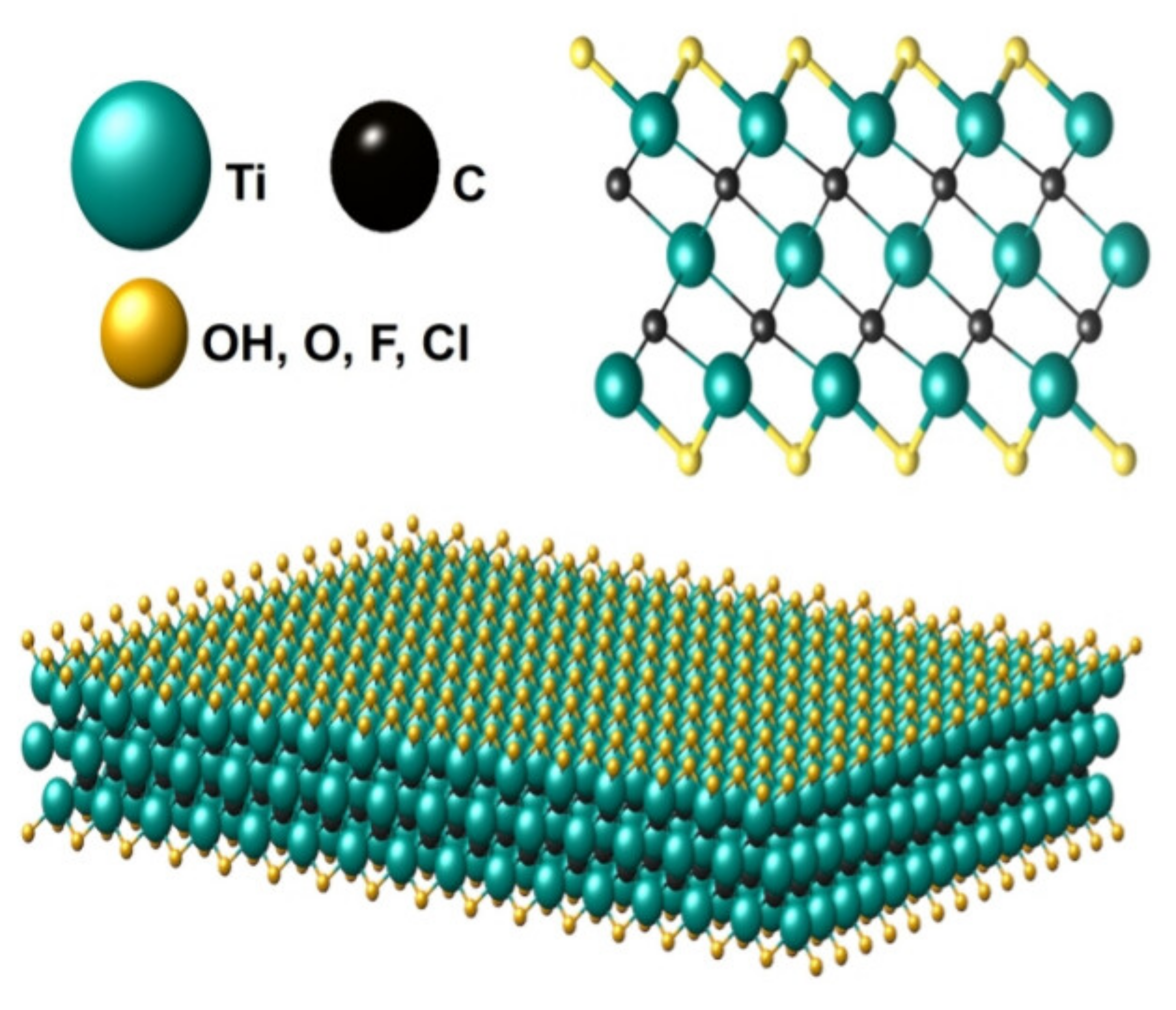
Ti3C2Tx MXene Additves
[]
-
Investigated the application of titanium carbide (Ti3C2Tx) MXene as an additive in DI water to enhance pool boiling performance, achieving a 70.1% increase in critical heat flux (CHF) and a 213.5% increase in heat transfer coefficient (HTC) with a low concentration of 0.1 wt% compared to plain copper with DI water.
-
Performed contact angle measurements using the sessile drop method, demonstrating a 33.7% reduction in contact angle on copper after boiling with 0.1 wt% MXene dispersion compared to plain copper with DI water, enhancing surface wettability and nucleation site density due to MXene flake deposition.
-
Performed comparative analysis with existing literature, demonstrating an 11% enhancement in critical heat flux (CHF) and 45% in heat transfer coefficient (HTC) compared to the highest reported Ag/ZnO enhanced fluids, establishing Ti3C2Tx MXene dispersions as superior for advanced thermal management in heat exchangers, cooling systems, and energy storage devices.
Wedge Tail Airfoil Aerodynamics with Multi Head Perceptron
[]
-
Engineered a dataset of 220 RANS-CFD simulation cases for NACA airfoils with wedge tails, enabling robust training of machine learning models to predict aerodynamic performance for marine applications.
-
Developed a multi head perception (MHP) network to predict flow fields such as pressure and velocity components and aerodynamic coefficients such as lift coefficient and drag coefficient for wedge tail airfoils, achieving a 125 times speedup over RANS-CFD methods with high prediction accuracy (R2 up to 0.9999), outperforming classical models like decision trees, k-nearest neighbors, and random forests.
-
Validated MHP predictions against RANS-CFD results, achieving near zero residual errors for velocity fields and reliable lift and drag estimates, while pioneering point by point flow field predictions to improve accuracy near airfoil boundaries, supporting efficient rudder design for marine vessels.
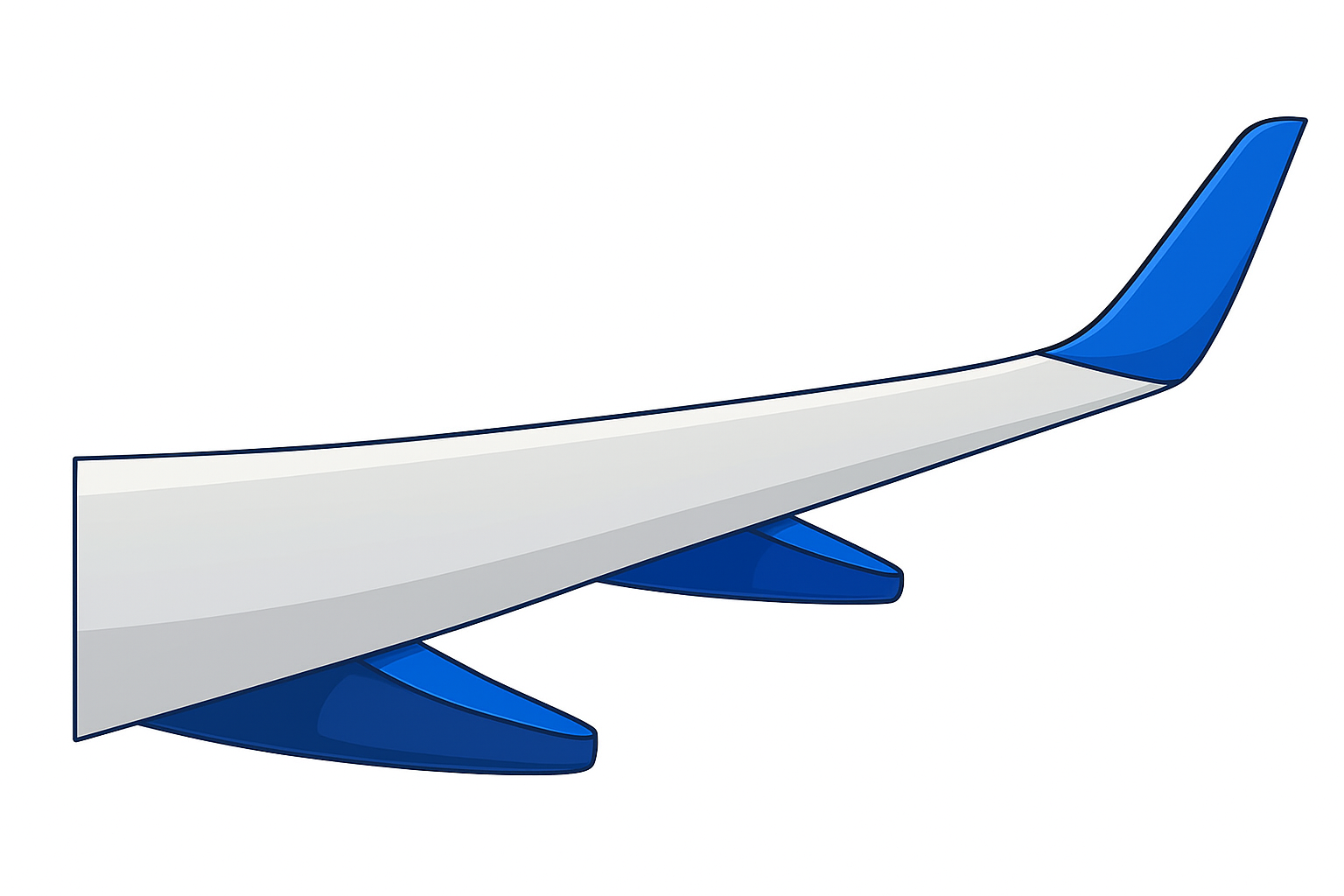
Airfoil Aerodynamics Modeling Using ANN
[]
-
Collected and digitized a dataset of 2,678 observations from wind turbine experiments in the literature, focusing on NACA 0012, NACA 0015, NACA 0018, NACA 0021, and NACA 0025 airfoils. The dataset includes airfoil coordinates, Reynolds numbers (Re) ranging from 104 to 107, and angles of attack from 0 to 180 degrees, establishing a foundation for training a robust ANN model for aerodynamic predictions.
-
Developed an artificial neural network (ANN) with an optimized architecture of 6 hidden layers and 128 nodes, trained to predict lift (CL) and drag (CD) coefficients with RMSE below 0.12 for CL and 0.025 for CD, outperforming RANS-CFD turbulence models in rapid aerodynamic analysis for wind turbines and marine rudders, particularly for stall shapes at angles of attack between 11 and 30 degrees.
-
Conducted RANS-CFD simulations using ANSYS Fluent to validate ANN predictions on NACA 0012 to 0025 airfoils at Re = 1.6 × 105, demonstrating ANN superiority over k-ε, k-ω SST, and Spalart-Allmaras turbulence models, achieving RMSE below 0.09 for CL and 0.12 for CD in test data for aerospace and marine applications, while reducing computational time.
Aerodynamic Impact of Wedge Tail on NACA 0021 Airfoil
[]
-
Designed wedge tail geometries for NACA 0021 airfoil with trailing edge thicknesses of 0.1, 0.125, and 0.15 times chord length (c), boosting lift coefficient (CL) by up to 100% at Re = 1 × 106 for enhanced rudder performance in marine navigation.
-
Conducted RANS-CFD simulations using ANSYS Fluent to analyze aerodynamic performance over Mach (0.05-0.25) and Reynolds numbers (0.25 × 106–1 × 106), optimizing lift and drag for marine rudders.
-
Evaluated the impact of angle of attack (1-9°), identifying the wedge tail with 0.125c as the optimal design with the highest lift coefficient increase of 60–100%, balancing drag penalties for ship maneuverability.
Chest X-ray Classification with Wavelet-CNN
[]
-
Curated a dataset of 2,940 X-ray images (940 COVID-19, 1,000 pneumonia, 1,000 normal) from public repositories, enabling robust training and validation of a wavelet-CNN model. Preprocessed images using CLAHE and SOBEL edge detection for enhanced quality at 224 × 224 resolution.
-
Extracted Haar wavelet features by decomposing X-ray images into horizontal, vertical, and diagonal sub bands, improving three class classification accuracy by 2.04% using MobileNetV2 and SVM. Achieved a peak accuracy of 97.73% using MobileNetV2 and DenseNet121 with an SVM classifier.
-
Optimized the wavelet-CNN model for telemedicine by reducing memory usage to 2468.66 MB with MobileNetV2, supporting deployment on low-power devices for COVID-19 detection.
Ship Scantling Requirements Prediction
[]
-
Developed an Artificial Neural Network (ANN) model to predict structural strength requirements (e.g., plate weights like KPW, BPW, IBPW, etc.) for cargo vessels using ship principal particulars (length, breadth, and draft), replacing empirical rules from classification societies.
-
Trained and evaluated the ANN using 5000 data points derived from RINA, BV, IRS, and DoS standards, achieving high prediction accuracy with an R2 value of 0.998 and RMSE below 0.13.
-
Demonstrated significant computational efficiency, offering a faster alternative to time consuming empirical formulations traditionally used in preliminary ship design.
Design Of a General Cargo Ship Of 2500 Tonnes Cargo
Capacity
[]
-
Designed a 2500 tonne general cargo ship for the Dhaka-Chittagong-Dhaka route (304 km), achieving a service speed of 10 knots with optimized principal particulars (L = 73.8 m, B = 13.7 m, T = 4.2 m) using empirical and Posdunine/Benford approaches for efficient grain transport.
-
Conducted comprehensive structural and hydrostatic analyses, including scantling, lines plan, and stability calculations, ensuring compliance with ABS/GL rules and achieving a maximum GZ at 40°.
-
Developed detailed construction plans (midship section, shell expansion, rudder arrangement) and performed resistance and power calculations, enabling a trimmed stern draft of 4.26 m, and submitted as a capstone project to BUET’s Naval Architecture Department.
